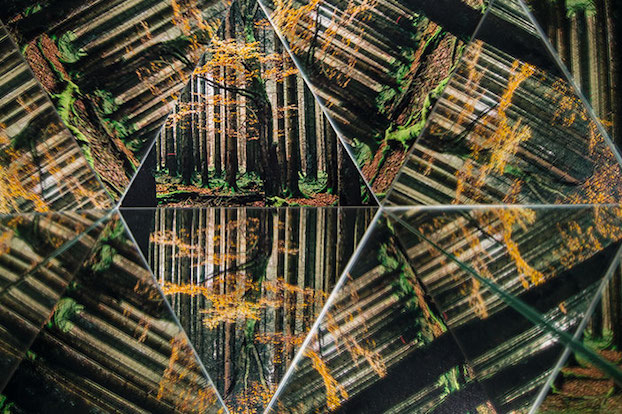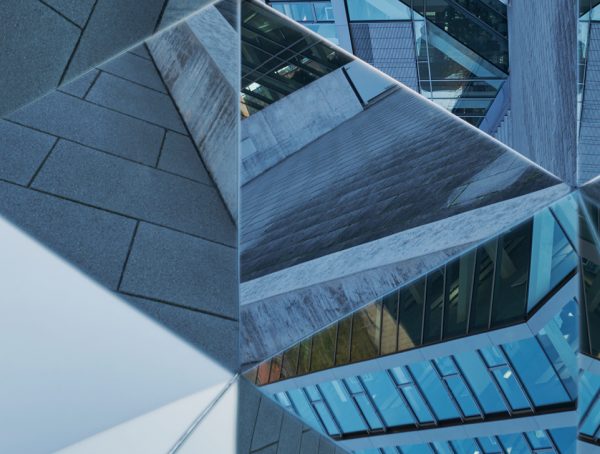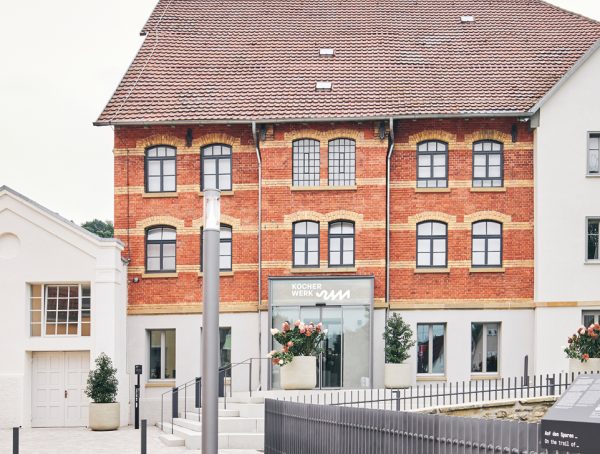Building with wood is in vogue – more and more wooden high-rises are cropping up in urban spaces. Does this observation coincide with the experiences of your institute?
Yes, over the past few years, there has been a marked increase in prefabricated construction, a substantial portion of which relies on wooden construction. Wooden high-rises with five or more stories are designated as lighthouse projects for the residential building sector. They are both striking and appealing to the public, with the majority of the projects involving conventional single-family houses and apartment buildings.

Dr. Johannes Welling – Director of the Thünen Institute for Wood Research
What advantages does wood offer as a construction material?
Wooden constructions are relatively light, can be erected quickly and with a high degree of prefabrication, and generally present ecological benefits as compared to a similar functional unit.
What should be taken into account when using wood?
The wood being used should come from sustainable forestry. In particular, a sufficient amount of dried construction timber should be used. Appropriate constructive measures have to be taken in order to prevent water, wood’s greatest enemy in the construction industry, from penetrating the material. The construction work is best left to a professional.
Which types of native wood are currently in high demand?
In Germany, along with Central and Northern Europe, softwood from native forests is predominantly used in the construction sector. Spruce is the first choice here, followed by pine, Douglas fir and larch, the last three primarily in outdoor spaces. Domestic hardwoods flaunt their advantages in interior construction. Beech and especially white oak have dominated the market for years now. Demand for decorative woods such as walnut, cherry and light maple is also quite high. Meanwhile, tropical woods are rather seldom nowadays.
Which types of wood should not, or must not, be used?
A strict trade ban is only in place for a few protected wood species, such as Brazilian rosewood. However, it can be verified that many tropical woods are now being cultivated legally and sustainably, which means that using them contributes substantially to conserving the forests. In interior design, e.g., for windows, parquet, furniture and other high-end applications where tropical woods are still being used, the EU Timber Regulation (EUTR) and the Act on the Trade of Illegally Harvested Timber (HolzSiG) apply.
According to HolzSiG, the distributor, i.e. the market participant, is obligated to exercise due diligence in order to prevent illegally harvested timber from being put into circulation. Unauthorized felling and harvesting of protected wood species or a failure to provide a proof of origin may be considered illegal acts. Legality must be proven based on proper documentation. Imported products may be inspected to verify whether they actually contain the type of wood declared in the import papers.
As a rule, the EUTR is immaterial to building with wood in the construction sector, as wood from native forests is primarily used for this purpose. In this case, the municipal procurement directives requiring proof of sustainable farming are more relevant.
For more on this topic visit:
www.thuenen.de
Knot-free material
Wood as the perfect natural resource.










